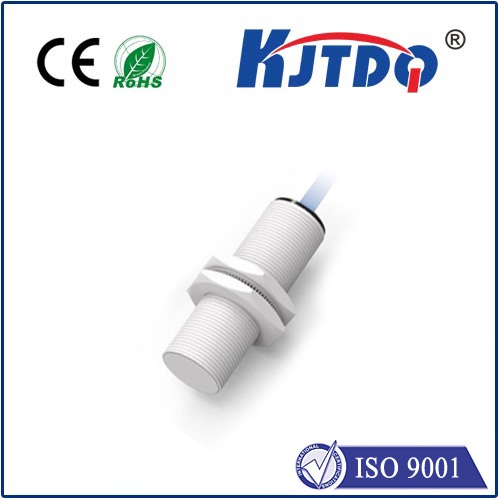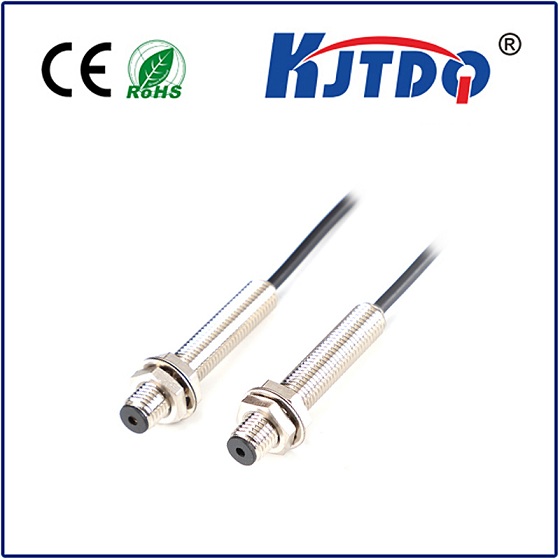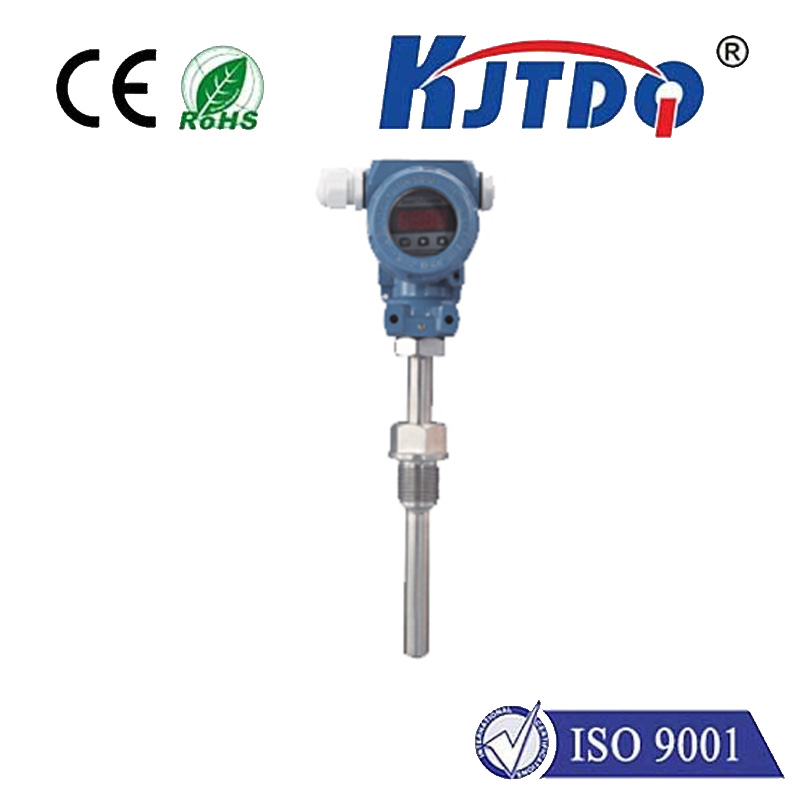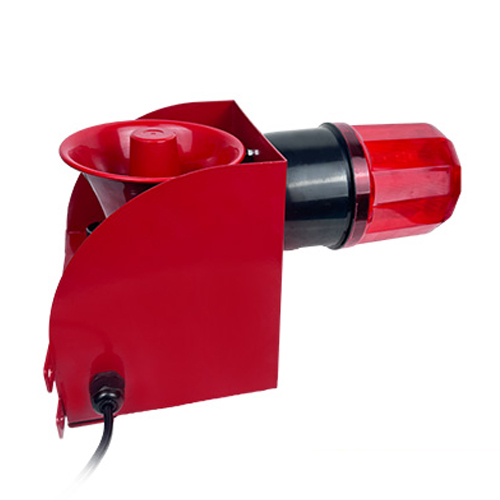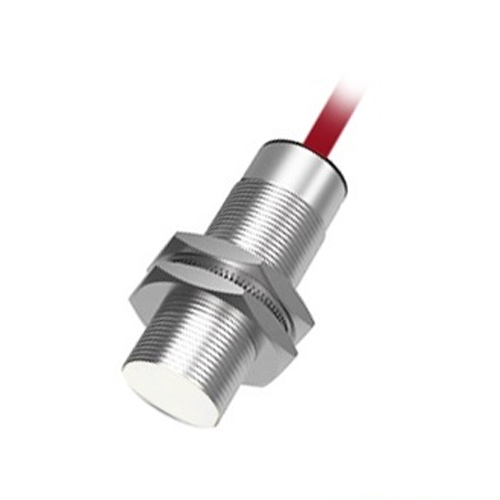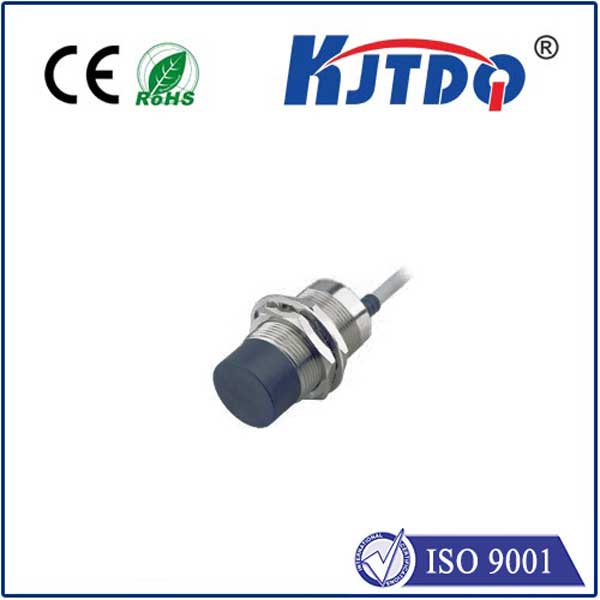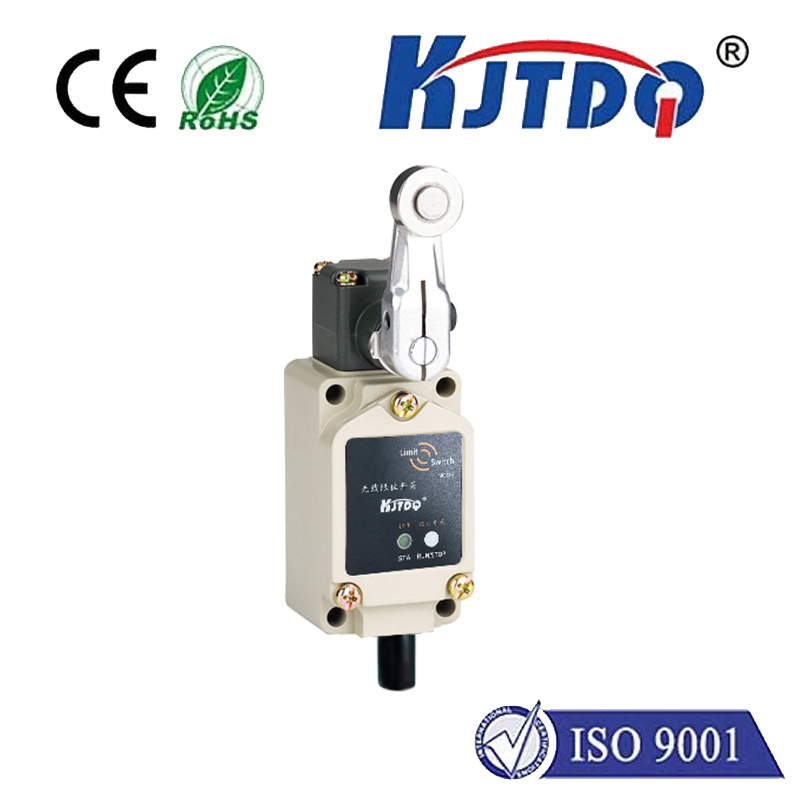

check

check

check

check

check

check

check

check

check

check

Long-Distance Inductive Proximity Sensor: A Game Changer in Industrial Automation” In the ever-evolving world of industrial automation, advancements in technology are constantly being sought after to improve efficiency, accuracy, and safety. One such innovation is the long-distance inductive proximity sensor – a device that has revolutionized the way industries interact with their machinery and equipment. A long-distance inductive proximity sensor is a type of sensor that uses electromagnetic fields to detect the presence of metallic objects without any physical contact. It does this by generating an alternating magnetic field using a coil of wire. When a metal object comes within range of this field, it disrupts the field lines and induces a small current in the object. This change in current is then detected by the sensor, which triggers an output signal. The primary advantage of long-distance inductive proximity sensors over other types of sensors is their ability to detect objects from a greater distance. This allows them to be used in applications where space is limited or where it is not possible to install physical barriers. They are also highly durable and resistant to harsh environmental conditions, making them ideal for use in industries such as automotive manufacturing, food processing, and chemical production. One of the key features of long-distance inductive proximity sensors is their versatility. They can be configured to detect a wide range of materials, including steel, aluminum, copper, and plastic. This makes them suitable for use in a variety of applications, from counting parts on a conveyor belt to monitoring fluid levels in a tank. In addition to their versatility, long-distance inductive proximity sensors are also incredibly easy to install and maintain. They require no moving parts and can be mounted on almost any surface using standard fasteners. Once installed, they require minimal maintenance and can operate continuously for many years without needing replacement. Another advantage of long-distance inductive proximity sensors is their ability to work in environments with high levels of electromagnetic interference (EMI). This makes them ideal for use in industries such as aerospace and military applications, where EMI can cause significant problems for other types of sensors. In conclusion, the long-distance inductive proximity sensor is a game-changing innovation in the world of industrial automation. Its ability to detect objects from a greater distance, coupled with its durability, versatility, and ease of installation and maintenance, make it an essential tool for businesses looking to improve efficiency and accuracy in their operations. As technology continues to advance, we can expect to see even more innovative developments in this exciting field.

